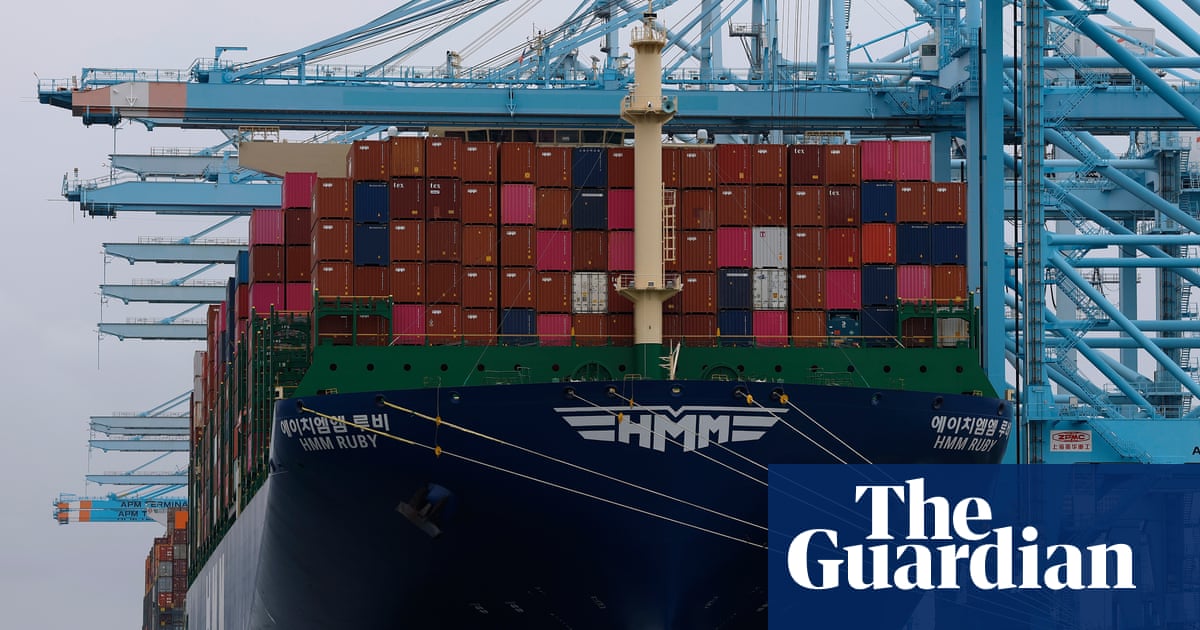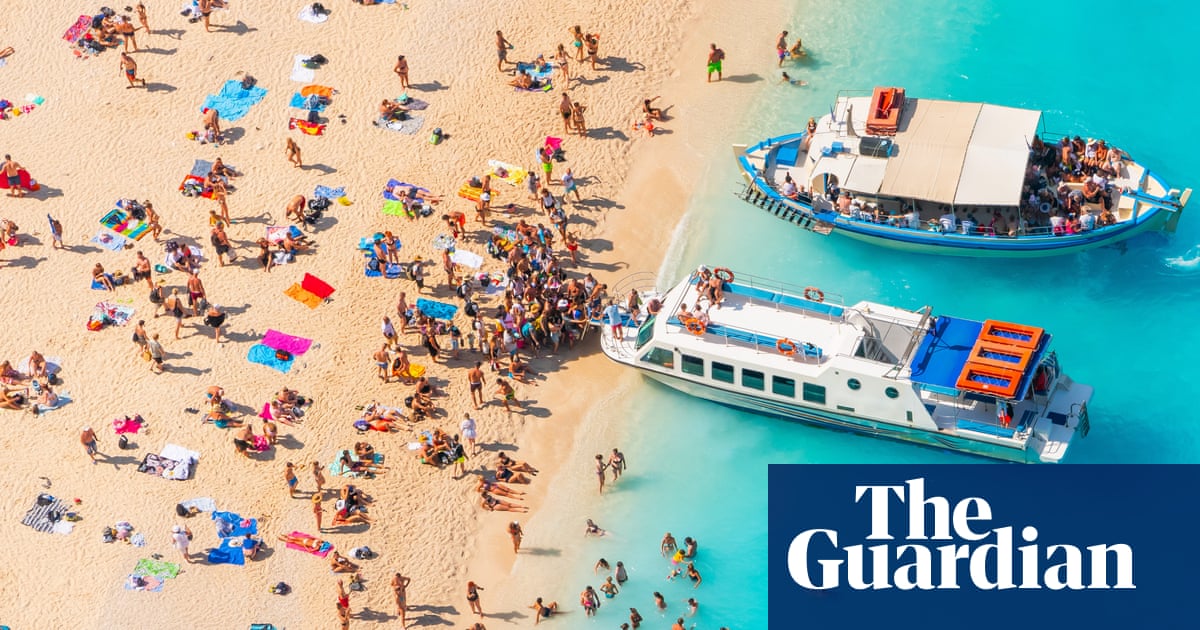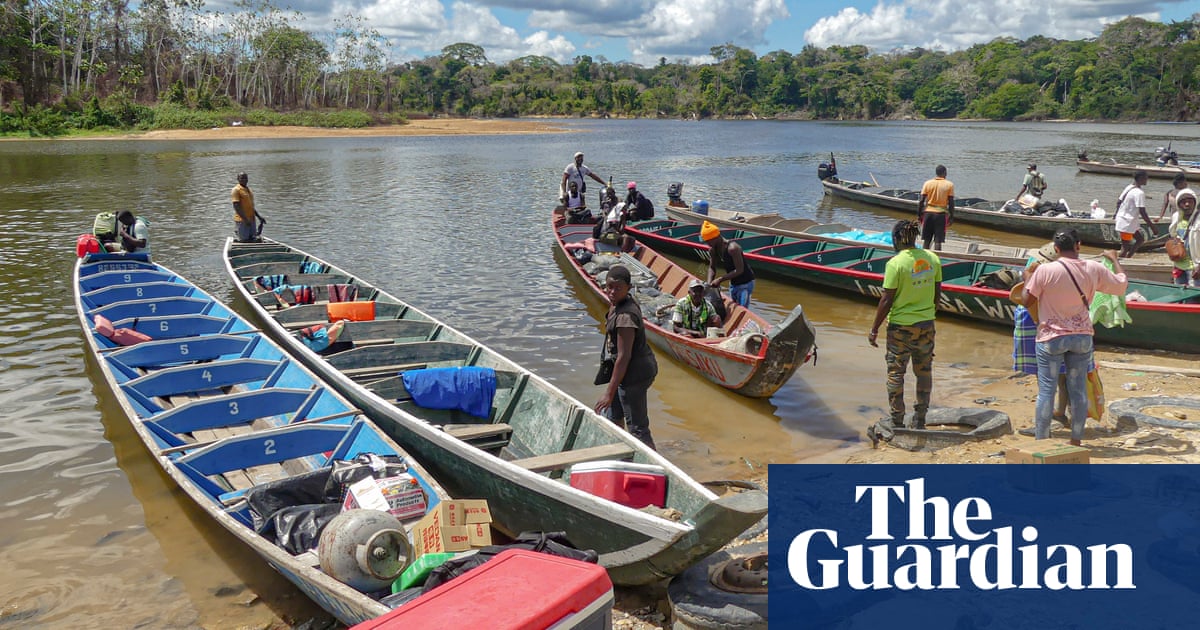Microplastics contamination is widespread in seafood sampled in a recent study, adding to growing evidence of the dangerous substances’ ubiquity in the nation’s food system, and a growing threat to human health.
The peer-reviewed study detected microplastics in 99%, or 180 out of 182, samples of seafood either bought at the store or from a fishing boat in Oregon. The highest levels were found in shrimp.
Researchers also determined the most common type of microplastic were fibers from clothing or textiles, which represented over 80% of the substance they detected.
The findings highlight a serious problem with plastic use at its current scale, said Elise Granek, a Portland State University microplastics researcher and study co-author.
“As long as we’re using plastic as a major component in our daily lives and we’re using it in a widespread fashion, then we’re going to see them in our food, too,” Granek said.
Microplastics have been detected in water samples around the world, and food is thought to be a main exposure route: recent studies found them in all meat and produce products tested.
Microplastic pollution can contain any number of 16,000 plastic chemicals, and often is attached to highly toxic compounds – like PFAS, bisphenol and phthalates – linked to cancer, neurotoxicity, hormone disruption or developmental toxicity.
The substance can cross the brain and placental barriers, and those who have it in their heart tissue are twice as likely to have a heart attack or stroke during the next several years.
The study sampled five types of fin fish and pink shrimp, and found the microplastics can travel from gills or mouths to meat that humans eat. Granek said researchers suspect the high levels in shrimp and herring likely owe to them feeding on plankton on the surface of the water.
The plankton often accumulates in ocean fronts and moves in tides in the same way as microplastics, Granek said. Young lamprey that feed around the riverbed also show higher levels, but the levels dropped in older lamprey that move into the ocean.
Chinook salmon showed the lowest levels, though it was not a fully apples to apples comparison – researchers only looked at filets, which are largely what humans eat, and checked the entire body of the smaller fish and shrimp.
Pollutant levels are often higher further up the food chain because bigger animals eat smaller animals, and the substances accumulate, a process called biomagnification. That was not observed here, likely because the smaller fish feed in areas where microplastics concentrate.
Microplastic levels were higher in lingcod purchased from the store, likely because it is more processed than that which was bought from a boat. The levels were slightly higher, but not statistically significant, in processed shrimp versus that purchased off a boat.
The authors don’t recommend avoiding seafood because microplastics have been widely found in meat and produce, so changing eating patterns wouldn’t help. They did find that rinsing the seafood could reduce levels.
Granek said on an individual level, washing machines are a major source of pollution, so people can wash clothes less, wash with cold water, and try to avoid synthetic fabrics and fast fashion.
Ultimately, the solution needs to come at a policy level and plastic use needs to be reduced, and filters that catch microplastics should be required on washing machines.
A bill to require that passed the California legislature in 2023 but was vetoed by the state governor, Gavin Newsom, which critics said resulted from industry pressure. A similar bill has been introduced in Oregon.
“If we don’t want microplastics in our food then we’re going to have to make changes to our everyday practices,” Granek said.

 3 months ago
69
3 months ago
69













































